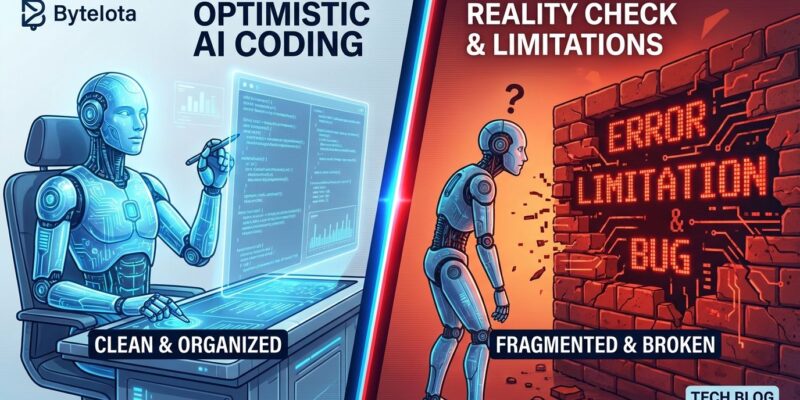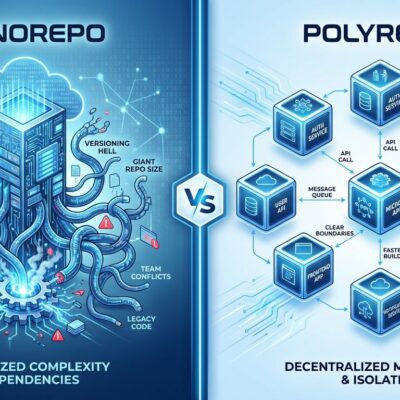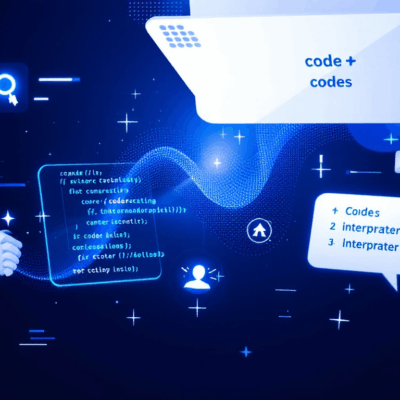
The vibe coding honeymoon is over. Nine months after Andrej Karpathy coined the term, developers who embraced “just let AI write everything” are hitting walls. Production bugs they can’t debug. Security vulnerabilities they didn’t catch. Technical debt crushing their projects. The promise of coding without understanding code has collided with an inconvenient truth: software still requires comprehension.
What Vibe Coding Promised
When the former Tesla AI director introduced vibe coding in February 2024, it captured a fantasy many developers harbored. Describe what you want in plain English, let AI generate everything, ship without reading the code. The productivity gains seemed real. Entire apps built in hours. Side projects launched in weekends. No more tedious debugging sessions.
Social media amplified the hype. Tutorials promised anyone could become a developer. Courses sold the dream of 10x productivity. Some developers publicly abandoned code literacy entirely, claiming AI had made it obsolete.
Where Vibe Coding Went Wrong
The problems surfaced once vibe-coded projects hit production. AI doesn’t hallucinate less just because you trust it more. It confidently generates non-existent APIs, uses deprecated methods, and introduces security vulnerabilities that slip past developers who never read the code.
The fatal flaw: you can’t debug what you don’t understand. When AI code breaks at 2 AM, vibe coders face an impossible task. They never traced the logic because they never engaged with it. The code was always a black box. Now it’s a broken black box they can’t open.
Stanford researchers found that 40% of AI-generated code requires modification. That number gets worse in complex projects where AI loses context and contradicts its earlier output. The “10x productivity” was real, but so was the 10x technical debt.
How Successful Developers Use AI Differently
Not everyone using AI coding tools is struggling. The developers thriving with Cursor, GitHub Copilot, and Claude share a common approach: they treat AI as augmentation, not replacement.
They use AI for boilerplate code, test generation, and refactoring suggestions. They read every line before committing. They understand their systems well enough to spot AI mistakes instantly. When something breaks, they can fix it because they comprehended it from the start.
GitHub’s 2024 developer survey found that while 92% of developers now use AI coding tools, only 27% trust AI output without review. The majority learned what vibe coders are discovering the hard way: verification isn’t optional.
The Industry Course Correction
Tool makers have noticed the backlash. Marketing has shifted from “AI writes your code” to “AI pair programming.” Cursor emphasizes assistance. GitHub Copilot positions itself around suggestions. The replacement narrative is quietly dying.
Hiring managers are adjusting too. “Uses AI tools” is no longer a differentiator. Everyone uses them. What companies want now is developers who understand fundamentals and can leverage AI effectively. Vibe coders who skipped learning the basics are finding interviews brutal.
The Future of AI-Assisted Development
AI coding tools aren’t going anywhere. They’re genuinely useful when wielded correctly. But vibe coding, the practice of surrendering comprehension entirely, was always destined for this reckoning. Software development rewards understanding. It punishes abstraction without foundation.
The developers who will dominate the AI era aren’t those who outsourced thinking to language models. They’re the ones who used AI to think faster while never stopping thinking at all.












